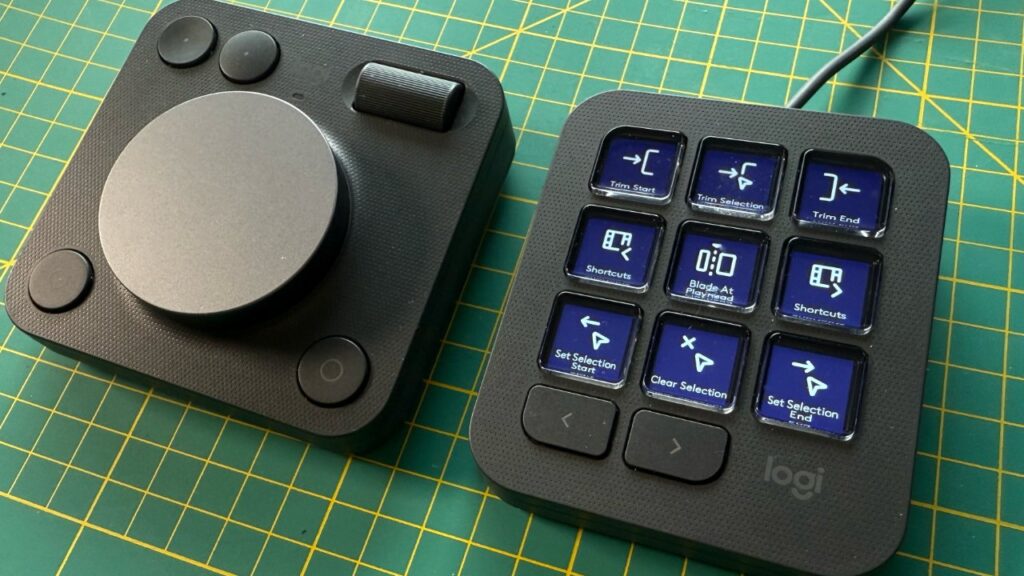

In its first major update, MX Creative Console, Logitech’s Stream Deck-like Mac accessory, has added support for Final Cut Pro, DaVinci Resolve, and more.
Logitech’s MX Creative Console is an LED keypad and a separate dial
First launched in September 2024, the Logitech MX Creative Console is a two-part device where one side resembles an Elgato Stream Deck. Alongside its nine LED buttons, though, there is a separate rotary DialPad, and together they control scrolling and particular apps on the Mac.
Now the pair have their first significant update, with the addition of controls for five apps:
Continue Reading on AppleInsider | Discuss on our Forums






